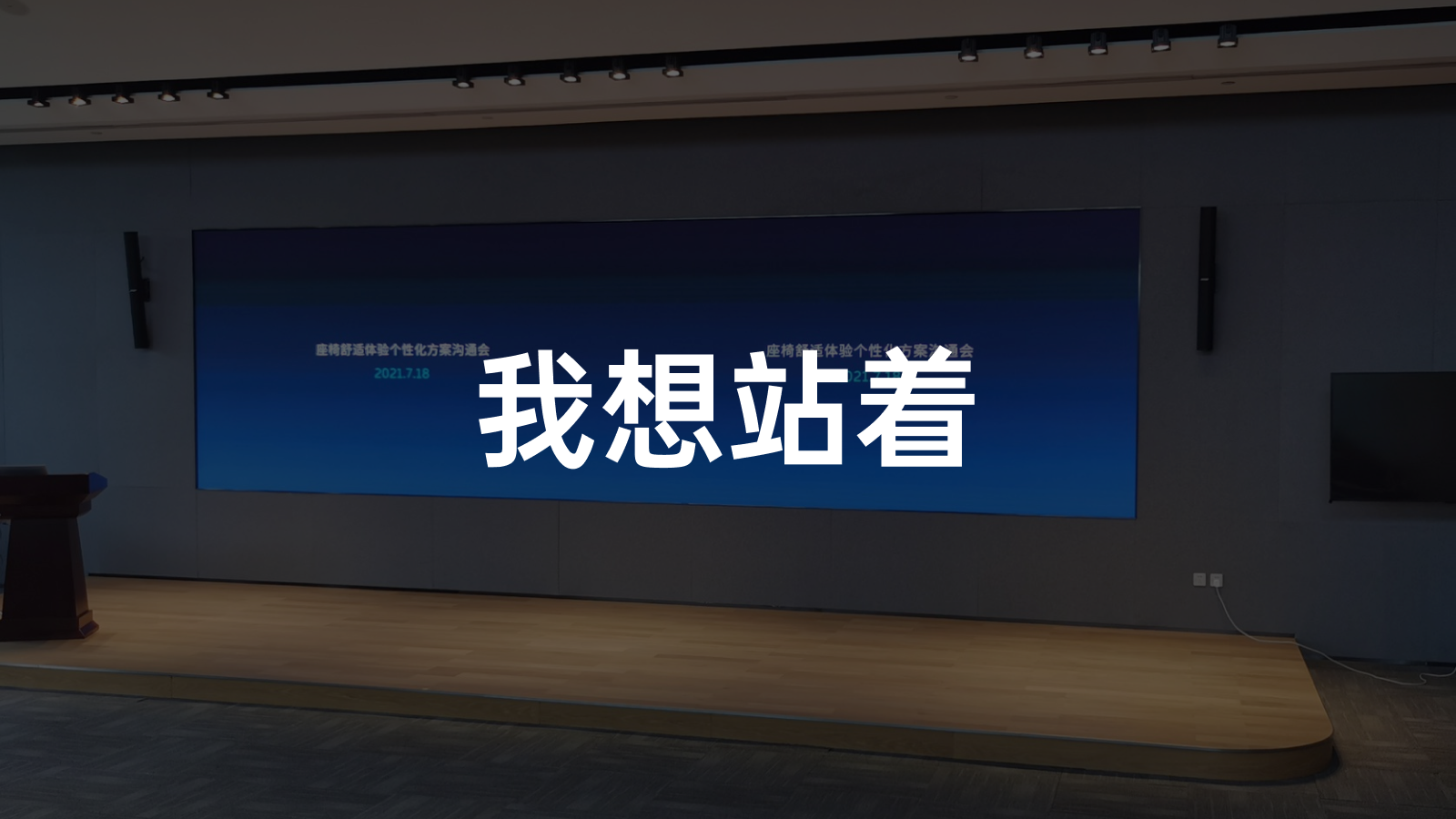In early April this year, a community named “Seat Voice Group” was established within the NIO community. The reason for the birth of this group was that a NIO car owner discovered a protruding lumbar disc after a long-distance self-driving trip and posted it on the NIO community, which received a lot of responses.
Within the Seat Voice Group, there are three issues that have reached a consensus. First, the seat and backrest angle of NIO vehicles prevent the driver’s back from being upright, leading to lumbar disc protrusion. Second, the headrest and seat have an angle that causes the neck to be suspended without weight-bearing, leading to cervical spondylosis. Third, the seat position of the thighs is fixed at a 45-degree angle and cannot be adjusted, making it easy for the thighs to be pressed for a long time during long-distance driving, causing poor blood circulation.
Initially, the size of this group was not large, with only about 300 people on April 14th. But interestingly, it was not long before NIO founder Li Bin “rushed” into this community, which began to expand the influence of the Seat Voice Group within the community. By April 16th, the number of people in this group had reached nearly 1,000, and in just two days, seat issues had become the top priority user complaint within NIO.
To solve the seat problem, NIO formed a new seat team and recruited Wang Qiong, the former CTO of Volkswagen, and invited a small number of users to experience the first version of the improvement plan on May 16th. The feedback received from users was still unsatisfactory. In late May and late June, NIO launched two more improvement plans and invited some users to experience the seats at the city service center, battery swap station, etc. By this time, the size of the Seat Voice Group had reached 2,000 and the Seat Voice Group 2 had more than 600 members.
Three months have passed since NIO officially paid attention to the seat problem on April 16th. After multiple rounds of user experience and product verification, NIO has discussed a seat improvement plan internally. However, they hope to organize 50 users from the 2,000-member seat group to participate in a seat plan communication meeting in Hefei before officially releasing the seat plan. This has sparked intense discussions within the Seat Voice Group, with some believing that NIO is showing off and others believing that NIO wants to “pacify” these 50 people. Of course, more people believe that it is meaningless for 50 people to go to Hefei and does not represent anyone.
At this point, NIO had no room for further argument, but eventually organized the user event.
What happened?In the on-site seat experience event, it was very noticeable that NIO attaches great importance to it. In the test drive activity for the new seats, I even saw some “key” users with a staff ratio of 1:2. Of course, there were two staff working.
Interestingly, there was a user who experienced the ride with me who mentioned to the staff, “Actually, I think your seats are okay, they are just a bit hard to sit on.” The staff replied, “No, no, no, don’t say that. We have a problem and we are working on it.” From this “strong and weak” dialogue, it is not difficult to see that the staff are in a state of “high alert.”
Of course, the face-to-face meeting with William Li the next day was the highlight of the event, but it should have been the most difficult user meeting for him in history.
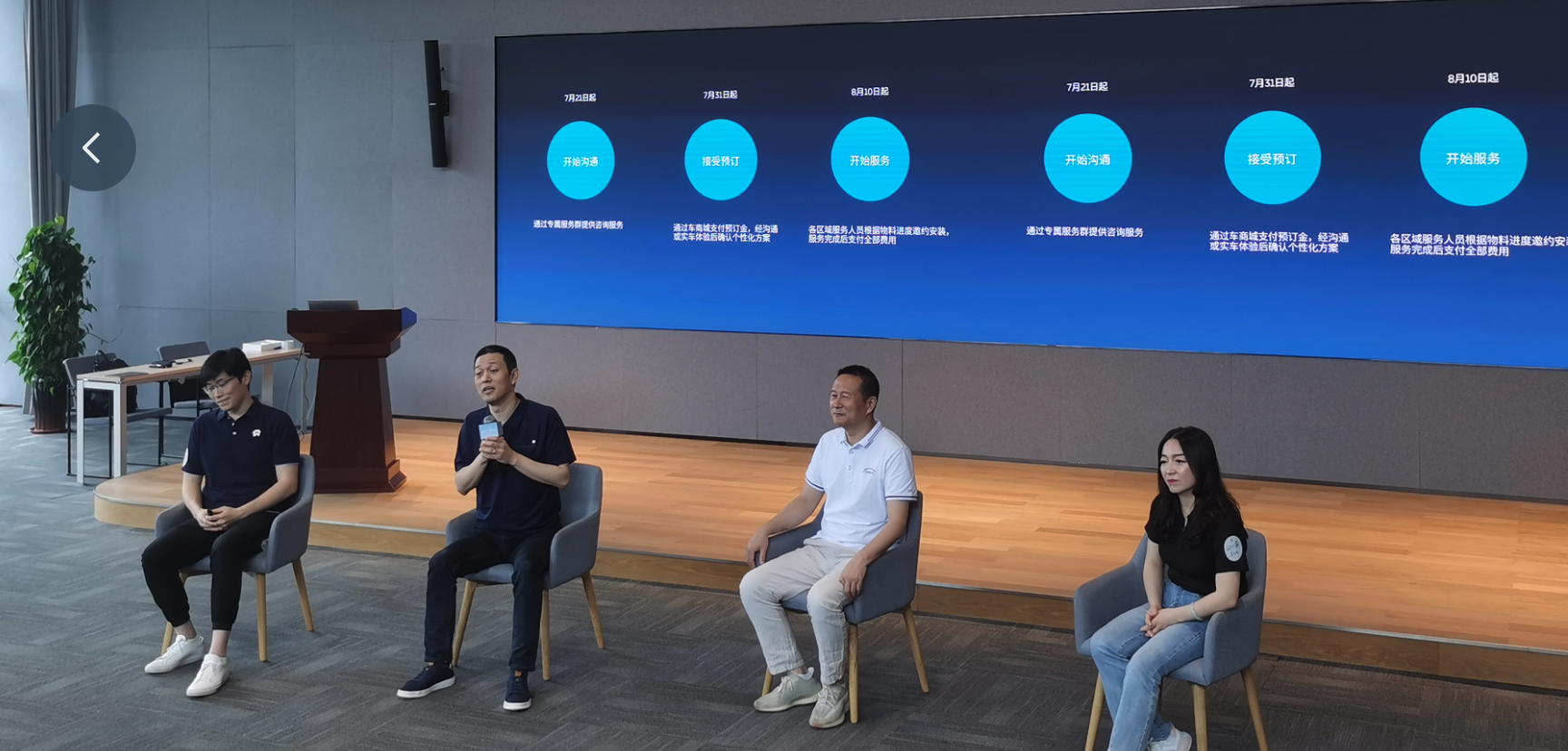
Personalized Scheme
“We ask everyone to understand that NIO will never choose to do or not to do because of money or whether the media is negative. This is not what we need to consider. We have had some communication with the General Administration of Quality Supervision, Inspection and Quarantine. The seat issue is not a recall event, it is not a quality problem, but there is indeed a problem with the comfort experience, which is our focus of consideration.” And the theoretical support behind Li Bin’s words is the seat problem survey report conducted in April for all users in the community.
According to the survey results of 29,304 people, 13% of ES8 users expressed dissatisfaction with the seats, 21% of ES6 users, and 19% of EC6 users. Of course, at first glance, these data are not low. However, considering the psychological factors of the survey, the proportion of people who have opinions on the seats participating in the survey is higher. If we can collect data from all 120,000 NIO users, I believe the proportion will still change to some extent. Therefore, the attraction of participating in a survey and gaining 100 points is not enough.
However, the use of the term “personalized seat scheme” on-site has caused dissatisfaction among many users, and some users asked Li Bin, “How do you define personalized scheme?” This is how Li Bin explained it, “So what we provide is called a personalized scheme, and we don’t simply think that this is a personalization issue.”
What Li Bin wants to express is that for him, 20% of users think there is a problem with the seats in the community, and if this proportion is applied to a base of 100,000, there are still more than 20,000 people, which is definitely not a small number. Therefore, it is definitely not a personalized issue. But there are still 80% of users who think there is no problem with the seats, and not every person in the 20% population needs a comprehensive modification of the seats. Some people just hope to adjust the seat angle, and some people hope the seats are more comfortable. There are still differences in demand between them, hence the term “personalized scheme”.### Too concerned about sports
Regarding the origin of the seat issue, Li Bin explained that “I think in the long run, especially for SUVs. For most cars, we will consider equipping two types of seats, just like Porsche, standard comfortable type, optional sports type, and I can increase some profit. Now we are standard sports type, which indeed results in a smaller number of people adapted to it compared to comfortable seats. This is a fact.” With similar words mentioned no less than 3 times in less than 3 hours of the meeting, Li Bin’s tone was increasingly certain.
However, it seems that the user’s emotional venting has not been completely satisfied. After multiple rounds of bombardment, Li Bin finally mentioned, “If there is another chance, I will definitely prioritize the comfort of the seat, and we have suffered from this. We must consider the issue of comfort for the second generation of products. We did not consider it enough for the first generation, that is a fact.” Shortly after he finished speaking, Li Bin hurried back to Shanghai to attend the next meeting. At that moment, I felt that the NIO model was really “draining for the founder.” If possible, let’s “develop” a few more Li Bin classmates.
However, to get back on track, I have the same opinion on this point. In 2017, in order to inherit the racing genes of EP9, NIO also played the “performance card” on the ES8 at NIO Day. However, I think this is a choice with a difficulty level of Hell Mode, because this choice is precisely why the old ES8 achieved the “heart-touching” NEDC 355 kilometers of endurance, and it is also the first problem exposed by the definition of sports-oriented products.
First of all, besides the seats, the old ES8 also uses performance-oriented components in tires, brakes, and motors, and the choice of tires and motors is one of the main reasons that affect endurance. First of all, MC6 with 20 inches, P Zero with 21 inches, and Hankook Ventus S1 evo2 SUV with 19 inches are all tire brands that tend to emphasize grip, and it is undeniable that due to the heavier weight of the old ES8, it indeed requires tires with better grip and brakes with stronger braking force to match. I think this is not a big problem.
However, the two induction motors on the old ES8 achieve a 4.4-second acceleration, which is very impressive from a parameter perspective. However, for a large SUV with a length of more than 5 meters and 7 seats, shouldn’t endurance be more of a pressing need compared to performance?After the exposure of range anxiety, NIO started to use permanent magnet synchronous motors in the ES6/EC6 to pursue better range. However, NIO still wants to maintain a balance for the “sporty” label, and therefore emphasized the wrapping design of the seats, which sacrificed a bit of comfort, as reflected by the higher user feedback ratio for seat-related issues in ES6/EC6. I think the reason why ES6 has slightly more feedback compared to EC6 is due to the fact that the pre-facelift ES6 used lychee-pattern leather, which is relatively tight, while EC6’s materials have less elasticity with its faux-leather and fabric combination, making it feel firmer.
Design flaws?
Regarding the recall of the seat defects brought up in the discussion, I believe that safety factors should take priority over the sporty and comfortable style orientation in the design and development of seats, such as the protection of the head by the headrest in low-speed collisions and the protection of the chest by the seat angle in high-speed situations.
The crash test results of EC6 last year by China Insurance Research Institute (CIRI) are also there to see. Honestly, it is a bit unreasonable to define a design flaw for seats with qualified safety performance because of the differentiation in user experience for different population groups.
However, seat issues also bring up a new problem – it is a fact that opinions are diverse, but all users are ultimately users, and the company NIO aspires to be a user-centric enterprise. So, how to balance it when encountering other problems in the future? After the discussion, I talked about this issue with “0001” car owner and NIO’s product experience manager, Li Tianshu.
He said, “We hope to consider user needs more comprehensively in the future, and use solutions with stronger universality to satisfy 95% of users as much as possible. For the remaining 5% of users, we can provide personalized solutions, with a goal of 4% of this proportion.” In other words, he hopes to achieve 99% user satisfaction through two types of solutions.
Solution
Therefore, NIO’s final seat solution for ES8 allows users to flexibly choose the following items:
- Adjust the angle of the main driver’s seat pan, suitable for users who feel pressure on the front of their thighs. The cost is 200 yuan.
- Adjust the main driver’s seat cushion, suitable for users who feel strong pressure on the back of their calves and lower seat cushion. The cost is 200 yuan.
- Adjust the front headrest, suitable for users who feel the headrest is hard and presses against their head. The cost is 200 yuan for both the main driver and front passenger seats.
- Soften the seat, suitable for users who feel the seat is too hard. The cost is 500 yuan for both the main driver and front passenger seats, and 1000 yuan for the second-row seats.ES6 and EC6 users have cancelled the second seat cushion adjustment based on ES8 and added secondary seat angle adjustment at the cost of RMB 200. All of the aforementioned fees include doorstep pickup and drop-off, materials, and labor costs. NIO users can pay with cash or points.
However, it should be noted that all adjustments, except for headrest adjustment, are irreversible. Therefore, it is recommended that everyone fully consider before deciding whether to adjust the seat.
Regarding the seat issue, NIO has always handled it positively and proactively, but why does it still cause dissatisfaction among some users in the seat group? I believe that within the NIO community, some users’ comments on the seat group have contributed to the escalation of the issue.
Community Exacerbates the Impact
As the seat issue escalated within the community, more and more users participated in the discussion. Some users who thought the seat was fine also expressed their sharp views, which angered users who gave feedback on the seat problem, sparking a war of words among users. In the seat group, many new terms were even coined, such as “wzx.”
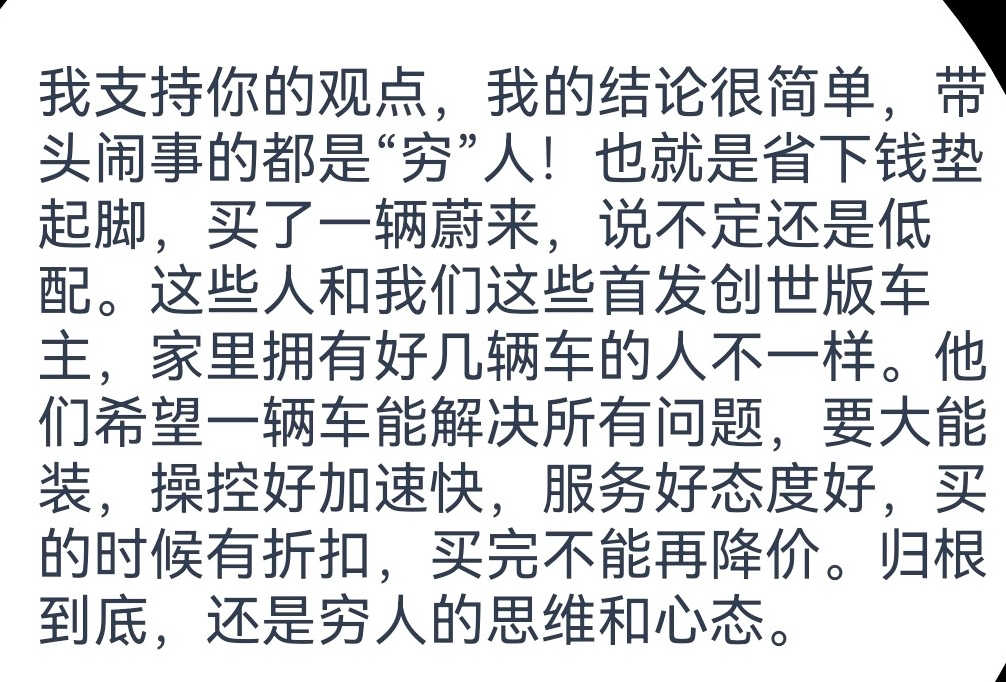
By the middle and late stage of the NIO seat issue, in addition to everyday criticism of the seat itself, seat group users also had a relatively hot topic of criticizing the culture of the NIO community.
Therefore, seat group users are generally dissatisfied with the term “personalized plan” because they do not want to be defined as an “alternative” group, nor do they think that criticizing NIO and suggesting feedback should be considered “alternative” within the community.
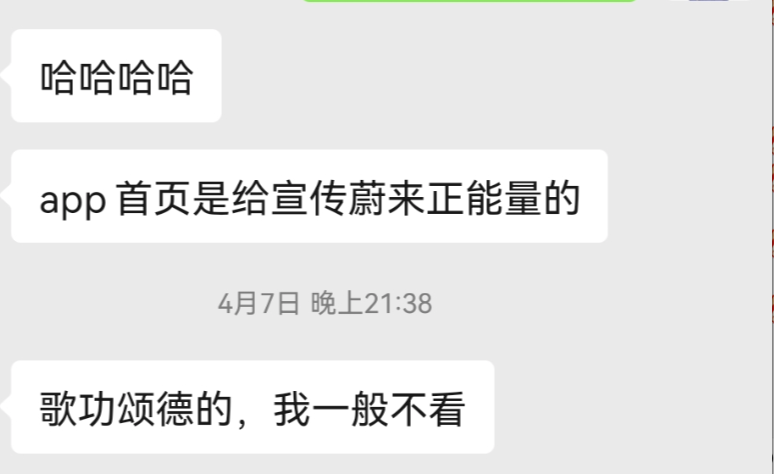
Of course, this issue is not limited to the seat group itself. In the BN user community, which was established earlier and has a large scale, many users also criticize the operation mechanism of the NIO App.
It’s Still a User Experience Problem
After so much has been said, I will also share my opinion on the seat. After all, at the end of April, I just drove 5,000 kilometers back from Inner Mongolia. Let me first introduce my sitting posture. I adjusted my seat to the lowest position and my steering wheel to the lowest position, and my sitting posture is relatively lying down. My hands can rest naturally on both armrests. Of course, the overall seating experience is on the harder side, but it’s not as exaggerated as some users describe as being “as hard as a rock.” Overall, I don’t think there is anything wrong with the seat, but it also depends on my previous seat experience.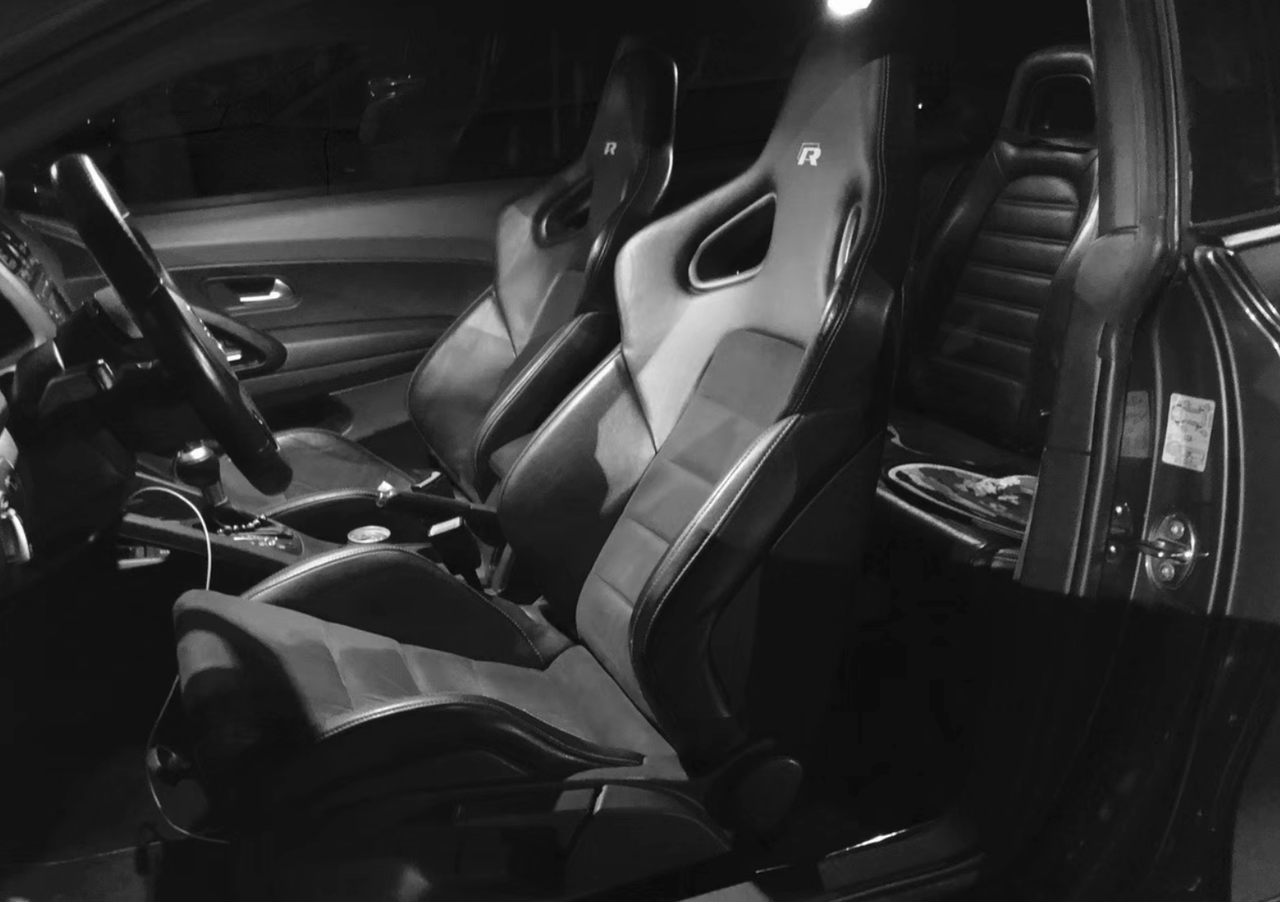
Of course, Recaro seats are not related to comfort at all. Many car enthusiasts experienced both pain and pleasure while using these seats. However, there were also many friends who couldn’t bear such sporty seats even after long-term use, and eventually had to sell them at a high price. Of course, this is definitely not a problem with the quality of the seats, but rather a matter of experience.
But then again, when I was buying a NIO electric SUV, what was my expectation, performance or comfort space? Considering that it is an SUV, I think the latter is the more important factor.
Final Thoughts
Actually, I have already written nearly 4,000 words by now, but I still have something to say, because in my initial understanding, the NIO seat incident should not have been so sensationalized.
First of all, I want to say to NIO users who think there is no problem with the seats that everyone can understand and accept the criticism of the seat. They are not “smearing” NIO, but rather expressing their own driving experience. At the same time, NIO has already received plenty of praise and applause. I believe that NIO’s community needs continuous feedback to promote its development.
Secondly, I also want to say to the seat group users that ergonomics and product definition are both very difficult. This is especially true for new automakers. Insufficient experience in the early stage of car-making is an inevitable fact. However, after reviewing the seat incident, I believe that NIO’s official handling and attitude have demonstrated their responsibility. At least they are willing to face and solve the problem, and in this process, what NIO hopes to gain is your understanding.
Finally, I also want to say to NIO that the EP9 has achieved great success on various racetracks, but whether to transplant these racing genes to ordinary SUVs and sedans is a very worthy topic for discussion. I believe in the law of “brand seeking users and users defining brand.” From the daily bits and pieces of the community and user segments every year, it is not difficult to see that the brand image defined by NIO users is actually more like a luxurious, comfortable, and service-oriented brand image, which is also a fact.
This article is a translation by ChatGPT of a Chinese report from 42HOW. If you have any questions about it, please email bd@42how.com.
